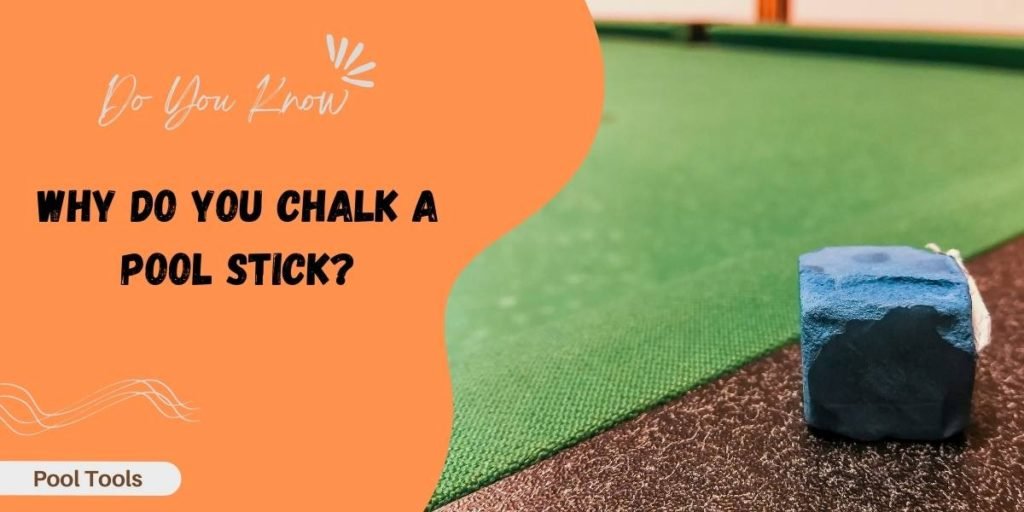Chalking a pool stick is a common practice in the game of billiards. The Chalk helps players grip the shaft better and makes it easier to aim. It adds friction and creates ‘motion-resistance.’
In this blog post, we will discover why do you chalk a pool stick?
What Does A Chalk Do?
One of the apparent reasons Chalk applies to cue tip is to create the “motion-resistance” between the cue point and when it strikes where it hits the cue.
It stops the cue from falling off the ball in a hurry which can ruin the shot (called”miscue”). With time, the point of a stick for the pool becomes rough and worn from usage.
Also Read: How To Hold A Pool Cue?
The Chalk provides the necessary friction for an effective shot. A lesser-known benefit of the process of chalking is it requires the player to keep pace with themselves and take a bit more time focusing and concentrating in between shots.
If Chalk is not administered, the cue is likely to be thrown at the ball unnaturally, which causes it not to hit its intended destination.
The Chalk for the pool can be found in a variety of shades. The various color options let users choose a color similar to what they see on their tables. If the Chalk is identical to that color, the residue of Chalk left over after the shot will blend into the table’s color.
How Often Should a Player Use Chalk?
The answer will vary between players. However, most players will chalk up after each other shots. Additionally, if an individual is thinking about shots that require additional spin on the ball is likely to make a chalk-up right before the shot since the less quantity of surface on the cue’s edge and the ball will require additional friction.
Do You See a drawback to Chalking Up Regularly?
The only downside to chalking up often is adding chalk dust on the table and the balls. To avoid this, try tapping your cue stick gently immediately after you have finished chalking, shaking off any loose chalk.
Which is the Most Efficient Method to Draw It?
It is the first thing to know the cue stick you are using since they are available in different degrees of hardness. Soft cue tips contain more Chalk, but they don’t endure as long as more robust ones. The Chalk should be applied as lipstick – gently, however, and completely. The Chalk pressed into the tip of the nail will cause the tip to wear down and make it shorter
life, not to mention putting the Chalk on your clothing! If you see an extensive hole in the Chalk, this indicates that the Chalk needs to be replaced.
Also Read: Are Pool Cue Shafts Interchangeable?
| The professionals often compare applying Chalk to applying lipstick. While you must do the best you can to make sure that the cue’s tip is only covered with a thin layer of Chalk, the tip must be able to provide an even, thorough coating. |
To ensure a sufficient amount of Chalk on your cue, tilt your cue to an angle, then gently apply the Chalk in gentle strokes and slowly rotate the cue while covering the tip with Chalk. It will be evident when you have learned this method because it won’t require drilling a hole into the Chalk. Drilling a hole in the middle will result in Chalk getting everywhere on the ferrule.
If you spill excessive Chalk on the cue of the pool, do not try to get rid of it. Be more conscious and try using the Chalk less frequently the next time. If you attempt to bang your cue with something to eliminate the Chalk, it could cause damage to the equipment. If you try to blow it away, you could cause moisture to the cue’s tip, resulting in the chalk cake and becoming ineffective and more challenging to remove.
Conclusion:
Chalking is one of the most critical aspects for a player to master. However, it requires practice and patience to perfect its technique. Once mastered, it will allow you to play better and improve your game.
There’s no way to tell how much Chalk has been used by looking at the cue stick. It’s always good to use a little more Chalk than you think you need.

